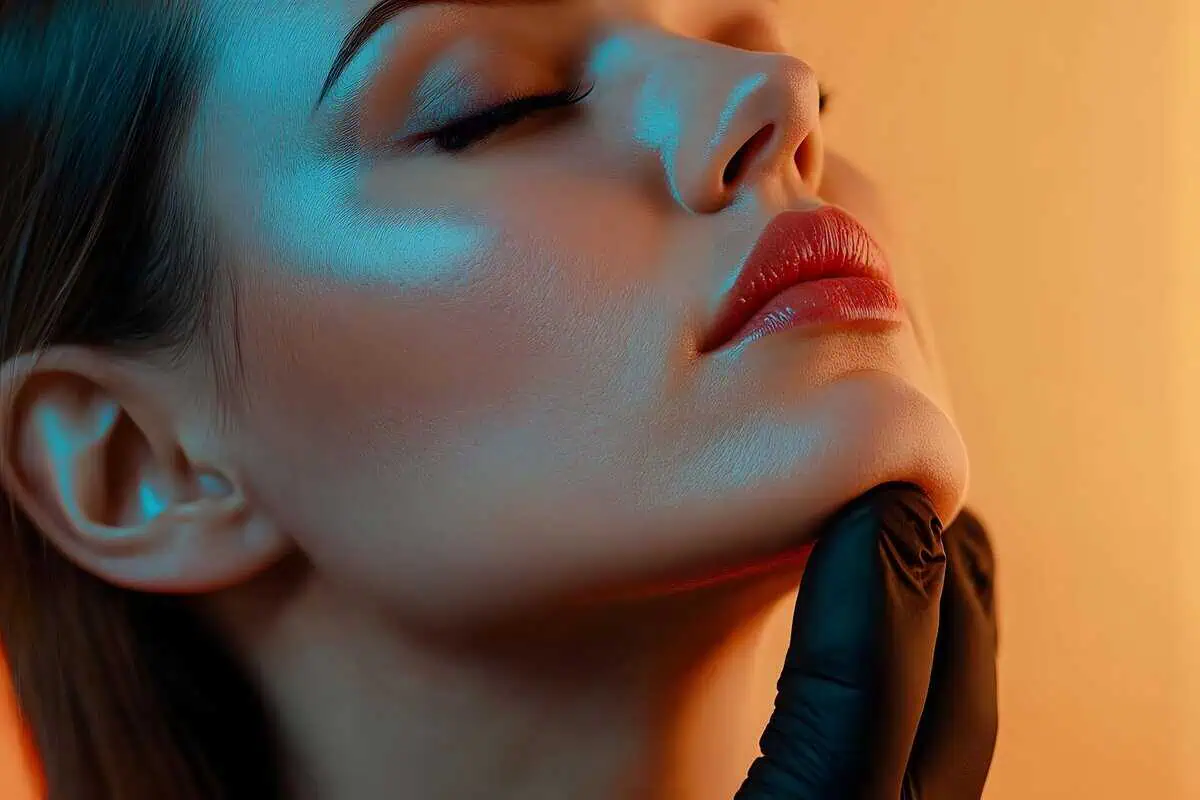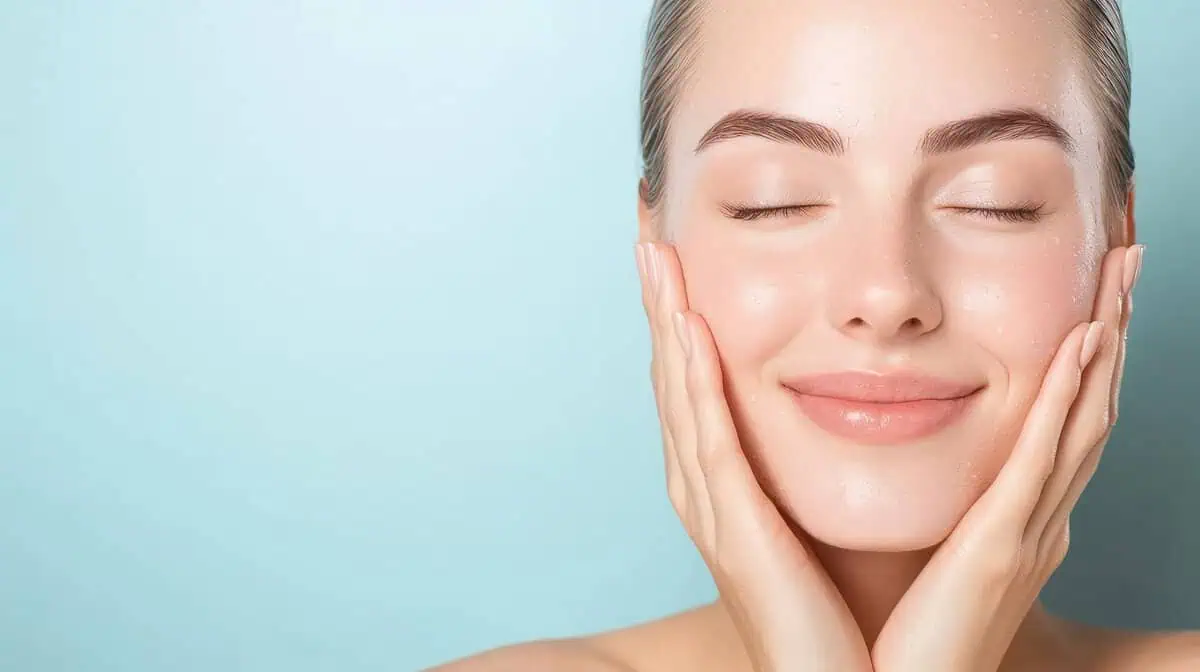
To all our valued clients, you can now save time and money by booking appointments with our app. Download And Sign Up For Our Rewards Program Click HERE
To all our valued clients, you can now save time and money by booking appointments with our app. Download And Sign Up For Our Rewards Program Click HERE
To all our valued clients, you can now save time and money by booking appointments with our app. Download And Sign Up For Our Rewards Program Click HERE

Dermal fillers and Botox Cosmetic (onabotulinumtoxinA) injections are popular cosmetic treatments. They can be given during an office visit. And in most cases, they don’t require recovery time after administration.
Both treatments can help reduce signs of aging by smoothing facial lines. Dermal fillers can also add fullness to the face or hands and help with scarring. Plus, other versions of Botox have many other medical uses beyond wrinkles.
You may have questions about how effective and safe these treatments are. Below, we’ll discuss the difference between Botox vs. Fillers.
When it comes to cosmetic treatments, Botox and fillers are the top contenders. At first glance, they may appear similar since they are both injectables that address wrinkles and enhance facial youthfulness without requiring downtime. However, upon closer examination, it becomes clear that Botox and fillers consist of distinct substances and serve unique purposes. These include the specific types of wrinkles they target and the methods they employ to combat them. Let’s delve into the details below to gain a comprehensive understanding.
Botox, derived from the bacterium Clostridium botulinum, is a neurotoxic protein commonly known by its brand name. However, it is essential to note that Botox is administered in highly controlled and minimal doses, rendering its toxins harmless to humans.
Allergan, a prominent pharmaceutical company specializing in medical aesthetics, produces Botox, which received FDA approval in 2002. Among the four neurotoxins cleared by the FDA in the United States, Botox holds the distinction of being the most widely used.
When it comes to aesthetics, Botox is widely employed to address expression lines found on the forehead, between the brows, and around the eyes and mouth. If you struggle with wrinkles in these areas, Botox might be the ideal solution for you.
By injecting Botox into the tiny muscles that contract during facial expressions, the botulinum toxin induces relaxation in the targeted region. Consequently, the expression lines formed when those muscles move become visibly smoother. So, the next time you frown or smile, the usual creases will no longer be prominent.
One of the remarkable aspects contributing to Botox’s popularity is its versatility. It can be effectively utilized beyond facial applications. For instance, injecting Botox into the neck muscles, which tend to pull the face downwards over time, can result in a lifting effect.
What truly sets Botox apart is its ability to prevent and treat non-cosmetic conditions with remarkable healing powers. These include:
As research progresses, the potential applications of Botox continue to expand, attracting a growing number of individuals seeking these extraordinary medical benefits.
It is important to be aware of the potential side effects, which are typically minor and temporary. These may include bruising and tenderness at the injection site, as well as possible headaches on the day of treatment. While serious side effects are uncommon, it is crucial to seek immediate medical attention if any do occur.
We highly recommend selecting a skilled practitioner who utilizes genuine brand name products, as this significantly reduces the likelihood of experiencing side effects. It is essential to note that Botox is classified as a prescription medication and, in California, only licensed physicians, nurse practitioners, or registered nurses are authorized to administer it.
The price per unit can also vary. On average, each session costs anywhere from $200 to $800.
After the injection, it usually takes about a week to see noticeable results, with maximum results appearing within 14 days. The duration of Botox’s effects typically ranges from 3 to 4 months, varying from patient to patient. Factors such as individual treatment and response contribute to the variation in outcomes.
In general, many patients opt for Botox injections approximately every 3 to 4 months. However, the frequency of treatments ultimately depends on each patient’s personal preference and unique results.
Dermal fillers are specifically designed to address the loss of volume in tissues and fill facial lines. These fillers are available in various forms, offering temporary or permanent effects, and are categorized based on the substances they are composed of.
There are five fillers that have received FDA approval, each composed of different substances:
Among these fillers, hyaluronic acid is commonly used to enhance skin plumpness and hydration. HA is a naturally occurring substance with a gel-like texture, already present in our skin. Juvéderm, a popular filler brand, utilizes HA and is also manufactured by Allergan, the same company behind Botox.
Fillers are primarily intended for specific areas of the body, particularly the face. Unlike Botox, which relaxes and temporarily immobilizes the muscles surrounding wrinkles to diminish their visibility, fillers operate by filling in the wrinkles themselves.
When the face is at rest, fillers effectively smooth out visible wrinkles, whereas Botox specifically targets and treats wrinkles and lines that occur during facial expressions.
Additionally, fillers are employed to restore lost volume, soften creases, and enhance facial contours, such as lifting cheekbones, for an overall rejuvenating effect.
Multiple tests and studies have provided evidence supporting the safety of fillers. While uncommon, some temporary side effects like bruising, lumpiness, redness, and swelling may arise after treatment but typically subside within two weeks.
Severe side effects such as nerve damage, allergic reactions, and infections are rare occurrences. It is important to note that complications primarily stem from improper use rather than the injection procedure itself.
Selecting a board-certified injector for your cosmetic or medical treatments is of utmost importance to minimize the risk of potential side effects.
Typically, the cost can range anywhere starting from $500 and go up to $2000. For patients seeking full face treatments, the cost will fall into the higher range.
The effects of fillers generally last anywhere from 5 months to 2 years, depending on the type of filler, area of treatment, and patient. Fillers that are denser and injected more deeply are more likely to last longer.
One of the remarkable aspects of fillers is their versatility in catering to different skin types. However, given the multitude of filler brands and products available, it’s understandable to feel overwhelmed. When it comes to selecting the most suitable filler for your needs, seeking guidance from a board-certified healthcare provider can be immensely helpful.
Each filler possesses its own distinctive characteristics. Factors such as texture, density, and injection depth vary depending on the specific areas of concern. For instance, hyaluronic acid fillers can vary in thickness to address the unique skincare requirements of each patient.
Botox and dermal fillers employ distinct techniques to fulfill different purposes, each presenting its own set of advantages and risks. Botox works by weakening muscles to prevent expression lines, while fillers function by physically filling in static lines. What makes them exceptional is how they can be used in combination to restore a youthful appearance and diminish visible signs of aging.
By consulting with your practitioner, you can determine whether Botox or dermal fillers are more suitable for your skincare needs. Regardless of the chosen treatment, one crucial aspect remains paramount: prioritizing your comfort, confidence, and safety under the care of your practitioner, which ensures excellent outcomes. You can book a free consultation with one of our trusted injectors by downloading our NLSC app or use our online booking.

Tired of that stubborn double chin that won’t go away despite diet and exercise? Kybella is an FDA-approved injectable specifically designed for double chin treatment.

Have you ever wished for tighter, firmer skin without undergoing surgery? Non-surgical skin rejuvenation treatments have become a game-changer in aesthetics, offering impressive results without

Taking steps toward better skin health and a refreshed look is something to feel good about! Treatments like, PicoWay Resolve, Vbeam Perfecta and Morpheus8, utilize